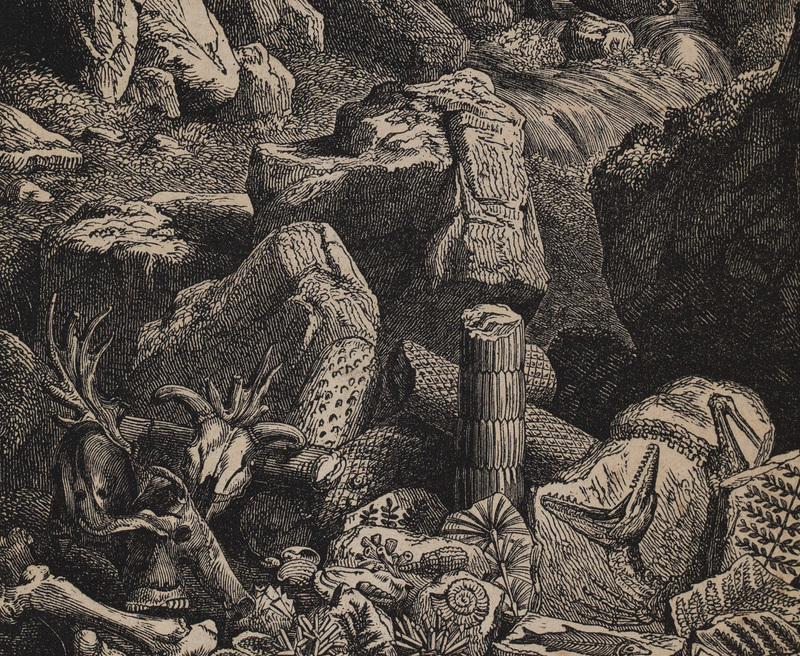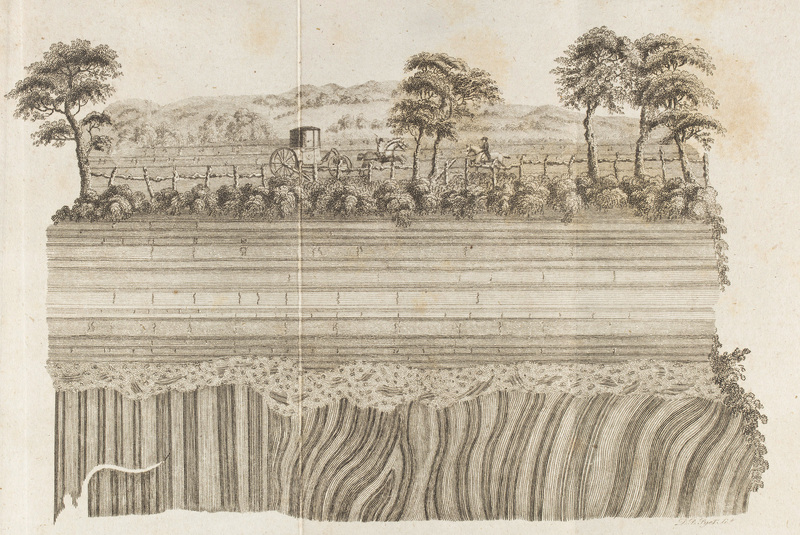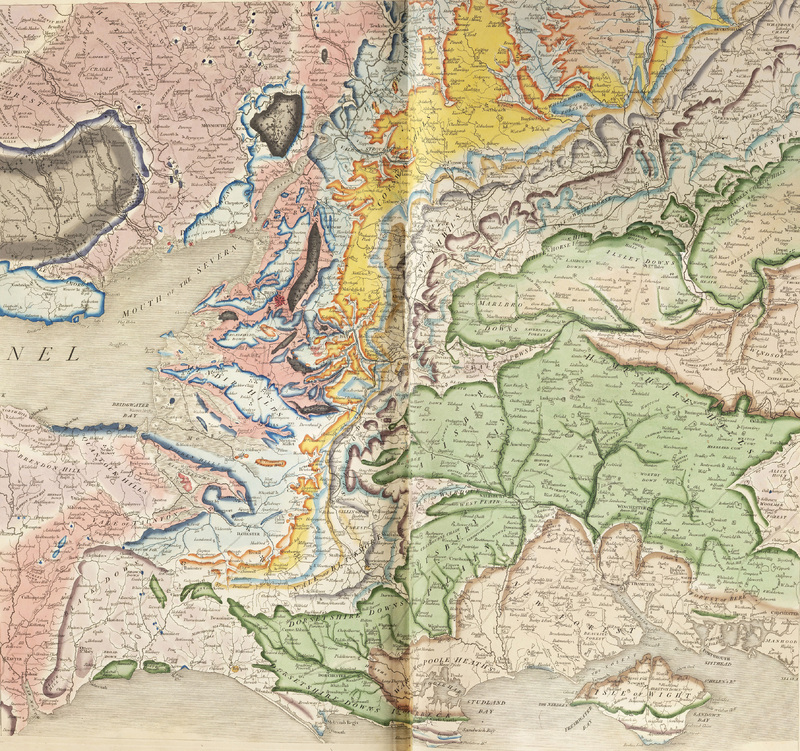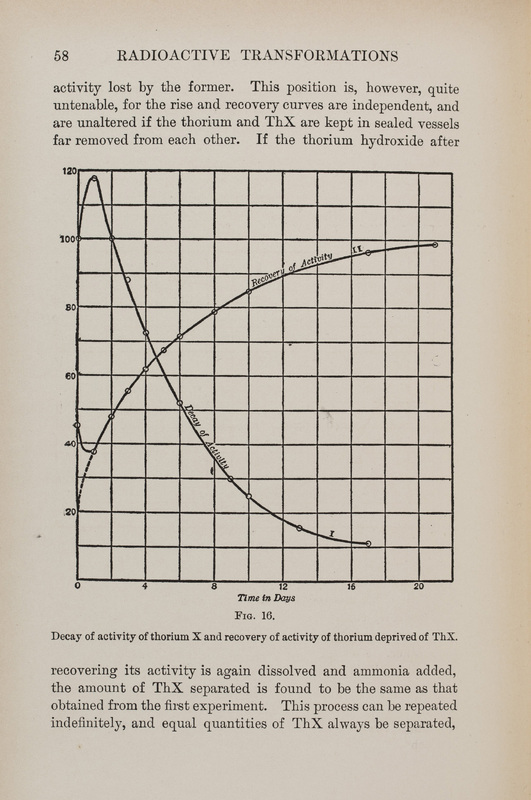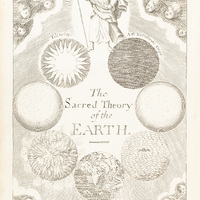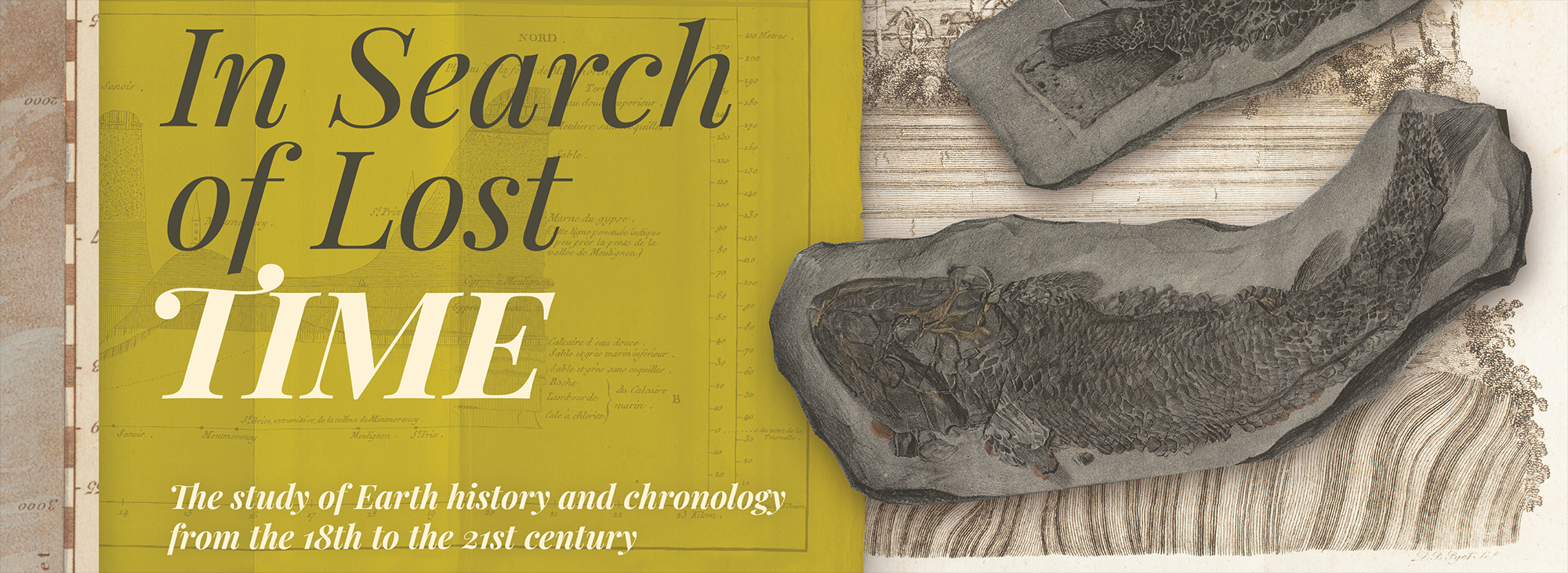
The related concepts of time, chronology, and history form the lens through which Earth scientists view, understand, and interpret a dynamic planet. Modern geologists operate within the intellectual framework of a 4.55 billion year old planet, but the paradigm of an immensely old Earth was not intuitive. It was only through the development of Earth’s history and chronology, beginning in the 18th century, that the science of geology became fully enriched. The discovery of Earth’s history therefore represents a profound shift in our understanding of the natural world, and the scientific endeavors to establish “geohistory” and “geochronology” led to a realization that “nature has a history of its own” (Rudwick, 2005).
As we enter the newest geologic Epoch, the Anthropocene, these two histories, Earth’s and humanity’s, have become more intertwined, to the point that our continued coexistence depends upon a deeper understanding of Earth’s past, present, and future.
This exhibit will explore how the chronology of the Earth was established, with a focus on six themes that gradually led to the consensus view that the Earth is roughly 4.55 billion years of age. This age is so vast that Earth’s history seems to stretch back in time by an almost inconceivable amount, but crucially, intellectual developments since the 18th century have revealed that Earth’s age is both finite and can be retrodicted. Although geologic investigations prior to this time contained elements of the temporal, or at least an idea of a sequence of events (e.g., this happened, then that happened), geology was largely ahistorical before the 18th century, with no overarching framework that placed such events in the context of a long-lived, prehuman Earth.
Martin Rudwick, Bursting the Limits of Time (Chicago: University of Chicago Press, 2005)
4.55 Billion Years
Establishing the Chronology of the Earth in six themes
Each theme presents representative and important texts in a key sub-field of geology that expanded our understanding of Earth time by bringing an element of the historical to the science. In some cases, the progression of texts tracks the changing sentiments of the sub-discipline as it responded to and incorporated the lessons of the burgeoning field of geohistory; in others, the texts demonstrate the establishment of new fields of study within geology that further illuminated Earth’s history.
At a still higher level of organization, the exhibit can be divided into two overarching themes: the first (sections 1-4) shows how geologists arrived at the realization that the Earth was in fact very old, the second (sections 5-6) shows how geologists, in collaboration with physicists, placed an absolute age on this longevity.
Exhibit Contents
Acknowledgements
Ana Rodriguez for her help in setting up this exhibit. Gillen Wood and Max Christie for helpful discussion and guidance concerning text and fossil selection. Digitization Services for the creation of all facsimiles used in the physical exhibit. Lynne M. Thomas as director of RBML. This exhibit was partially supported by NSF-EAR grant 1848013 to William Guenthner.
Curated by: William Guenthner, Ruthann Mowry, and Marco Valladares Pérez.
Digital Exhibit Arranged by: Nora Davies
